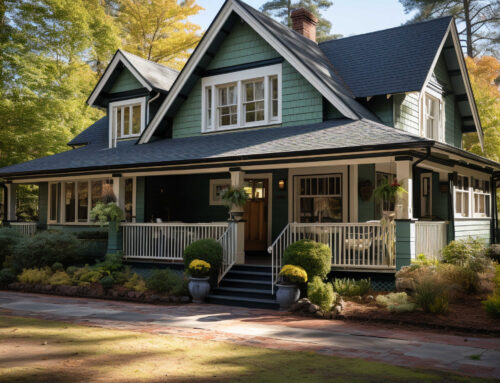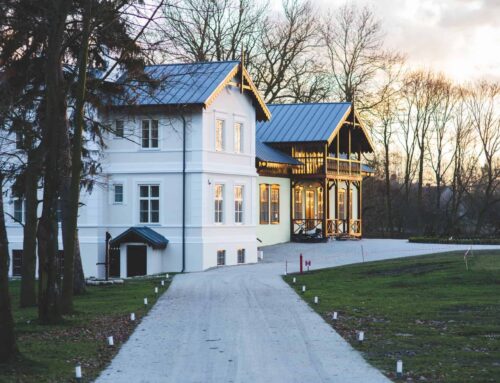 Impact of Remote Work on San Francisco Housing
Impact of Remote Work on San Francisco Housing
The COVID-19 pandemic served as a catalyst for widespread change across numerous sectors, particularly in how we approach work-life balance. One of the most significant shifts has been the rise of remote work, which has had a profound impact on urban centers across the globe, including and especially San Francisco. This bustling metropolis, known for its tech-centric economy and notoriously high living costs, has witnessed considerable changes in its housing market due to the remote work revolution.
Shifts in Housing Demand
As companies in Silicon Valley and beyond adopted remote or hybrid work models, many residents began reevaluating their living situations. The necessity of living close to the office diminished, leading to a notable migration out of the city. For some, this meant moving to more affordable suburbs or even entirely different states where they could get more space for their money. This exodus resulted in a softened demand for housing within San Francisco, a city plagued by sky-high rents and competitive housing markets.
In the initial months following the pandemic’s onset, rental prices in San Francisco significantly decreased. Rent prices for one-bedroom and two-bedroom apartments dropped considerably, offering a rare opportunity for price negotiations in favor of tenants—a phenomenon previously unheard of in the city’s tight housing market.
Changing Neighborhood Dynamics
The shift toward remote work has also altered neighborhood dynamics. Areas traditionally favored by professionals due to their proximity to tech campuses or business districts have seen a change in demand. Meanwhile, neighborhoods with more space, better amenities, and access to nature have become even more desirable, reflecting a broader trend toward valuing quality of life over commute convenience.
Additionally, the reduced foot traffic in business districts has impacted local economies, pushing for a reimagining of urban spaces. There’s been an increased emphasis on creating more livable, self-sufficient neighborhoods that cater to the needs of residents who now spend much more time at home.
While the city has felt the effects of these shifts, certain neighborhoods have experienced particularly significant price drops, reflecting the changing dynamics of where people choose to live when office proximity becomes less critical.
South of Market (SoMa)
SoMa, known for its proximity to tech companies and urban lifestyle, experienced a notable decline in home values. The demand for high-rise condos and luxury apartments cooled as potential buyers sought more space and less densely populated areas. The shift towards remote work made living close to the office less of a necessity, affecting SoMa’s real estate market.
Downtown and the Financial District
The downtown area and the Financial District, which are heavily commercial and had been attractive for their close proximity to work and urban amenities, saw reduced demand for residential properties. The decrease in foot traffic and the shift in living preferences away from dense urban centers contributed to softer home values in these neighborhoods.
Mission Bay
Despite being a relatively new and modern neighborhood with a mix of residential and commercial developments, Mission Bay also faced challenges. The area’s growth had been closely tied to the expansion of the tech and biotech sectors. Still, the pandemic-induced shift to remote work led to a reassessment of living preferences, impacting home values.
The Future of San Francisco’s Housing Market
Looking ahead, the impact of remote work on San Francisco’s housing market presents challenges and opportunities. On the one hand, the city faces the challenge of reinvigorating its business districts and managing the long-term implications of a potentially smaller tax base if the trend of people moving away continues. On the other hand, there’s an opportunity to address long-standing housing affordability issues and urban planning.
The rise of remote work has undeniably transformed the landscape of San Francisco’s housing market, leading to shifts in demand, neighborhood dynamics, and, potentially, the future of urban planning in the city. While the full impact of these changes remains to be seen, they underscore the need for flexibility and innovation in addressing housing and urban development challenges. As San Francisco adjusts to these new trends, it may set a precedent for how cities worldwide respond to the evolving relationship between work and living spaces in the post-pandemic era.
[/fusion_text][/fusion_builder_column][/fusion_builder_row][/fusion_builder_container]

 Impact of Remote Work on San Francisco Housing
Impact of Remote Work on San Francisco Housing


